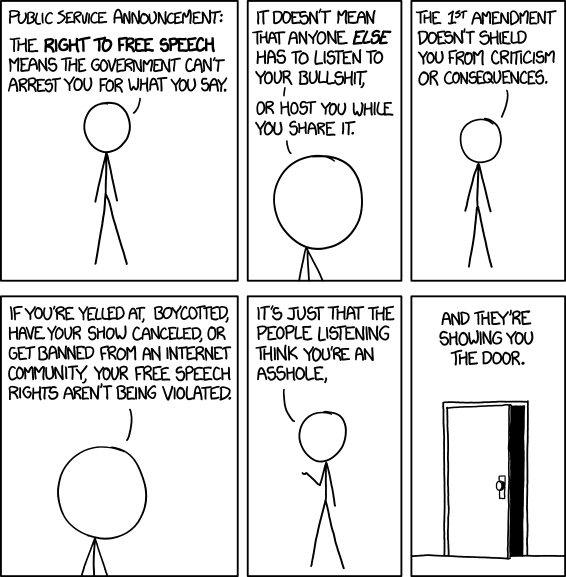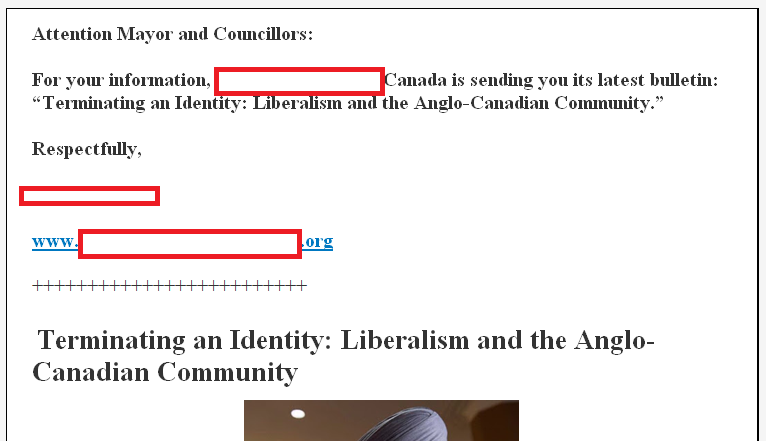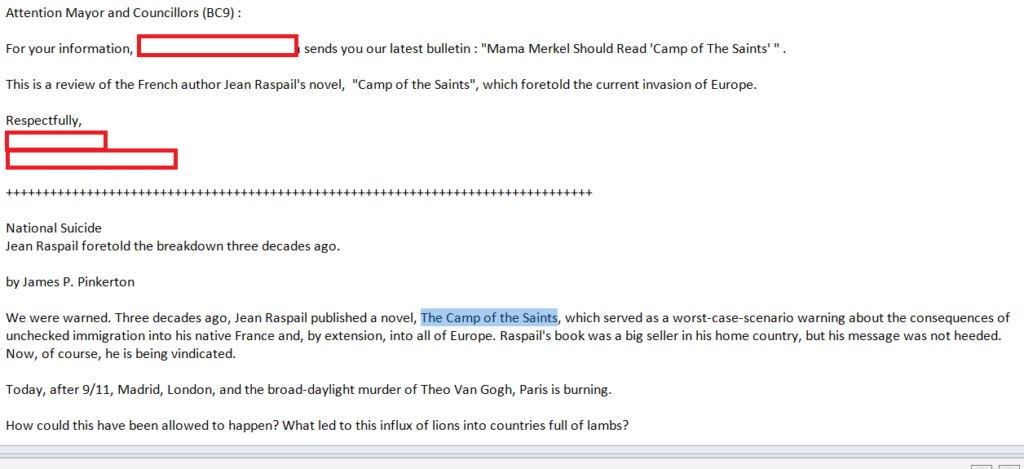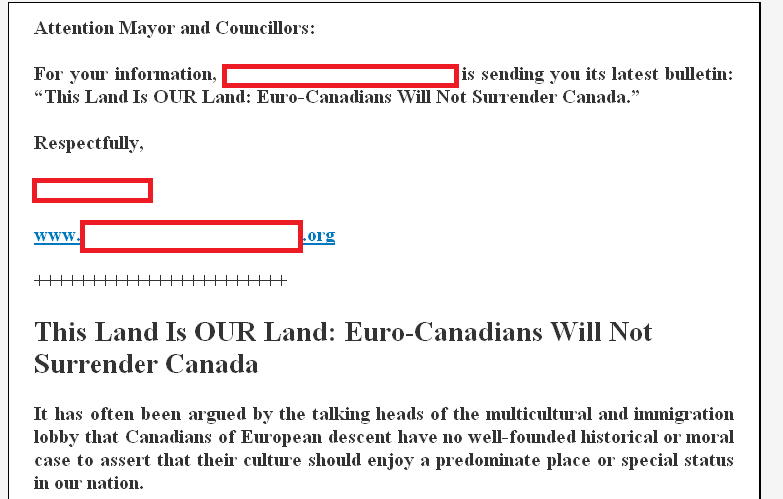Tom asks—
Any news on the BC Parkway’s “missing link” between 5th Ave. and 14th St.? I understand that Southern Railways has given up its lease on the old Central Park Line, and so it’s reverted to BC Hydro and the tracks have been pulled up. Will TransLink be giving this stretch a proper surface any time soon? Can New West nudge them to do it? Or should we hold another “Worst Roads in BC” poll?
The answer to this one is short, but probably unsatisfying, so I’ll do that politics trick of shifting it to something I want to talk about and leave it with asking you another question that somehow makes you forget I didn’t answer your question. Hey, election time is coming up soon, I need practice!
But first, the answer is that it is a work in progress. The City has expressed its interest in making this connection better than it is, and the right of way on the other side of the SkyTrain pillars makes sense. However, complications arise in that the City doesn’t own that land, nor do we own the BC Parkway Trail. I’m not completely up on the details here, so don’t hold me to all of these interactions, but my understanding is that the land belongs to Southern Railway (or BC Hydro), and there are rights of way for TransLink and either Southern Railway or BC Hydro (whichever isn’t the owner). The BC Parkway is a TransLink asset, supported by surface Rights-of-Way, so I think their right-of-way is only for the SkyTrain guideway through that portion, which is why the BC Parkway was not completed through here more than as a sidewalk in the first case back in the 1980’s.
So as far as the rights to build things, including a paved cycling or multi-use path, there is some legal work to do on the part of the City and TransLink. It is in the City’s work plan, but I don’t know when all of the stars will align. I am pretty certain it won’t be this year, possibly next, but I’m not promising yet.
There is another work-in-progress in the same area also in the having-conversations-between-TransLink-and-the-City stage. When Stewardson Ave was re-aligned to build the Queensborough Bridge interchange, a link in the BC Parkway across Stewardson below Grimston Park was lost. There is a route across involving the ramps to the Queensborough Bridge, but it is quite a lengthy detour for West End residents interested in walking down to the Riverfront or Quayside. At one point, a pedestrian overpass below Grimston was proposed, but I’m not sure we should build one, which is where I turn this around and ask you a question.
When is a pedestrian overpass a pedestrian amenity, and when is it an automobile amenity?
This is not an academic question. Our City’s Master Transportation Plan puts a priority on pedestrians, with other active transportation forms and transit next, with automobiles at the bottom of the priority for new infrastructure investment. We still spend an order of magnitude more on maintaining automobile infrastructure than other forms, but when investing in new stuff, our budgets are shifting towards supporting MTP priorities.
So when asked to partner with TransLink to build a new overpass, we need to ask the question: are we building this to serve pedestrians, or are we building this to move car traffic?
The easiest and least expensive way to move pedestrians across a street is a stoplight and crosswalk. This is especially true if we want to assure the infrastructure is as accessible as possible, as any grade separation inevitably results in a compromise between slope and distance, making a simple walk across a road either impossible for those with mobility challenges or unnecessary long and complicated for everyone else. The engineering required to put active transportation users 5m in the air so cars have unfettered free passage below is always counted in the millions.
However, if we build a level crosswalk with lights and buttons and paint, that means cars need to, occasionally, stop and let pedestrians by. It also means that we need to design a crossing to reduce the chances that a driver will fail to stop and kill a pedestrian, which may mean improving sight lines and reducing vehicle speeds in general. When we consider building a pedestrian crossing on this part of Stewardson, will it be the couple-of-hundred-thousand dollar signalized crossing, or the couple-of-million-dollar overpass? If the latter, should we pay for it out of the pedestrian amenity budget, or out of the car amenity budget?
The question may be academic, because it is highly unlikely the City’s engineers or TransLink will sign off on a crosswalk on a City Street that is part of the Major Road Network (as this part of Stewardson is) where the traffic typically moves at 80km/h, despite the 50km/h speed limit. This speed issue is also part of the reason why the existing cycling connection you originally asked about feels unsafe for all users.
And this, multiplied by dozens of places throughout the City, is how we still, for all the best efforts and good intentions, lose our pedestrian spaces to motordom. It is frustratingly slow making this change, it represents a cultural shift in three levels of government and society in general, but that’s our goal.



